Urbanism / Barcelona
Street smarts
Founded ahead of the 1992 Olympics as part of Santa & Cole’s remit to regenerate Barcelona, Urbidermis is setting the blueprint for enhancing cities with innovative and sustainable urban furniture, while harnessing the natural world.
Barcelona is often held up as a prime example of how the Olympics can rejuvenate a city. When it was announced in 1986 that the Catalan capital would be hosting the 1992 Games, a radical urban modernisation plan was swiftly drawn up. This was the city’s big chance to present itself to the world as a future-facing metropolis, with more than just Gaudí-era charm to offer. New green spaces sprung up, the old port was refashioned as a recreational and sports area, and developers created two miles of promenade-lined beachfront using sand imported from Egypt.
It became clear that these public spaces needed to be equipped with street furniture in line with the slick new image. In 1987 city leaders tasked the development of new furnishings to Catalan lighting company Santa & Cole. The business had been founded just two years previously but had quickly won a reputation as a leading name in the design world. “It was an opportunity for the company to collaborate with architects on new products,” says Josep Maria Serra, welcoming monocle to Parc de Belloch, on the outskirts of Barcelona.
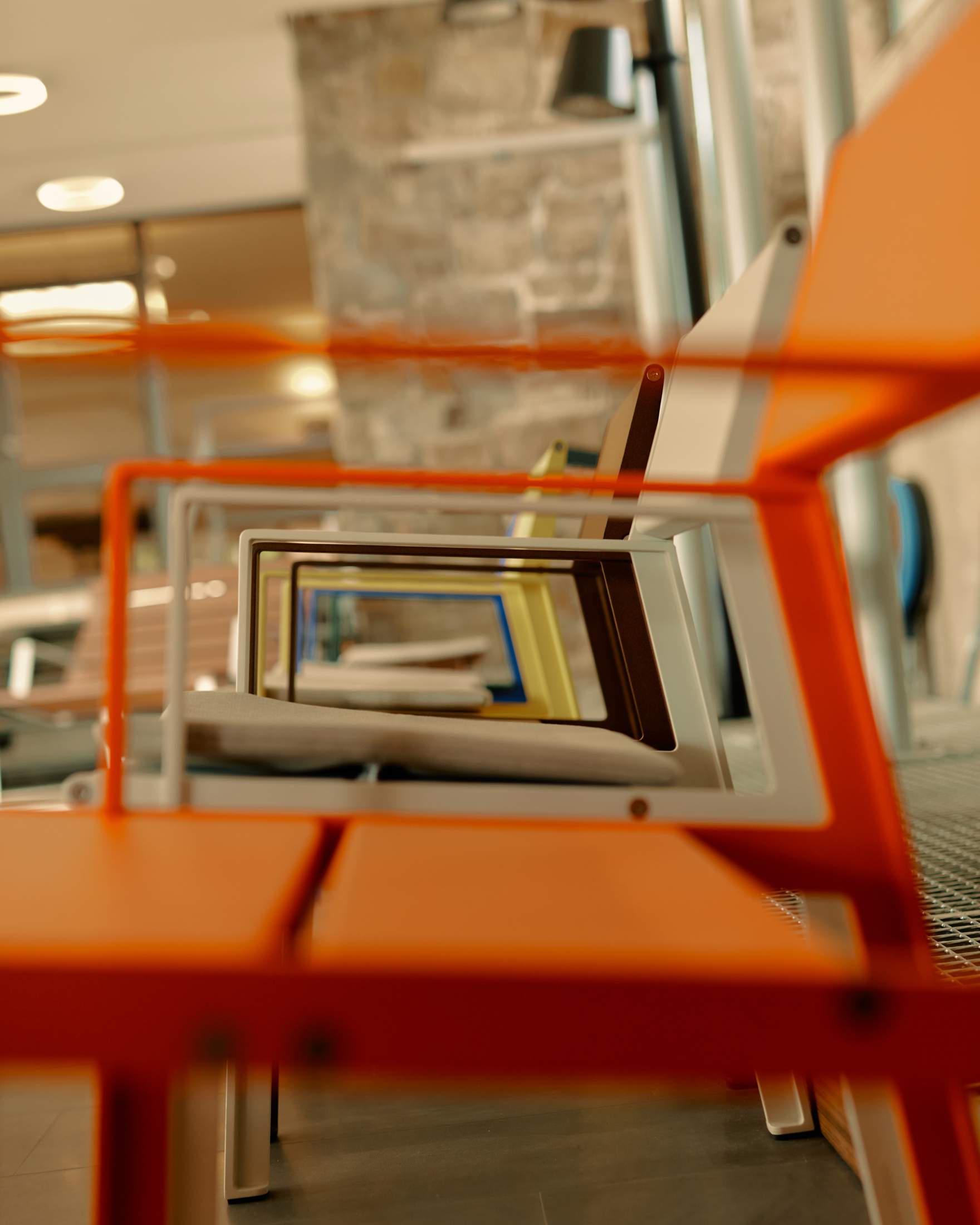
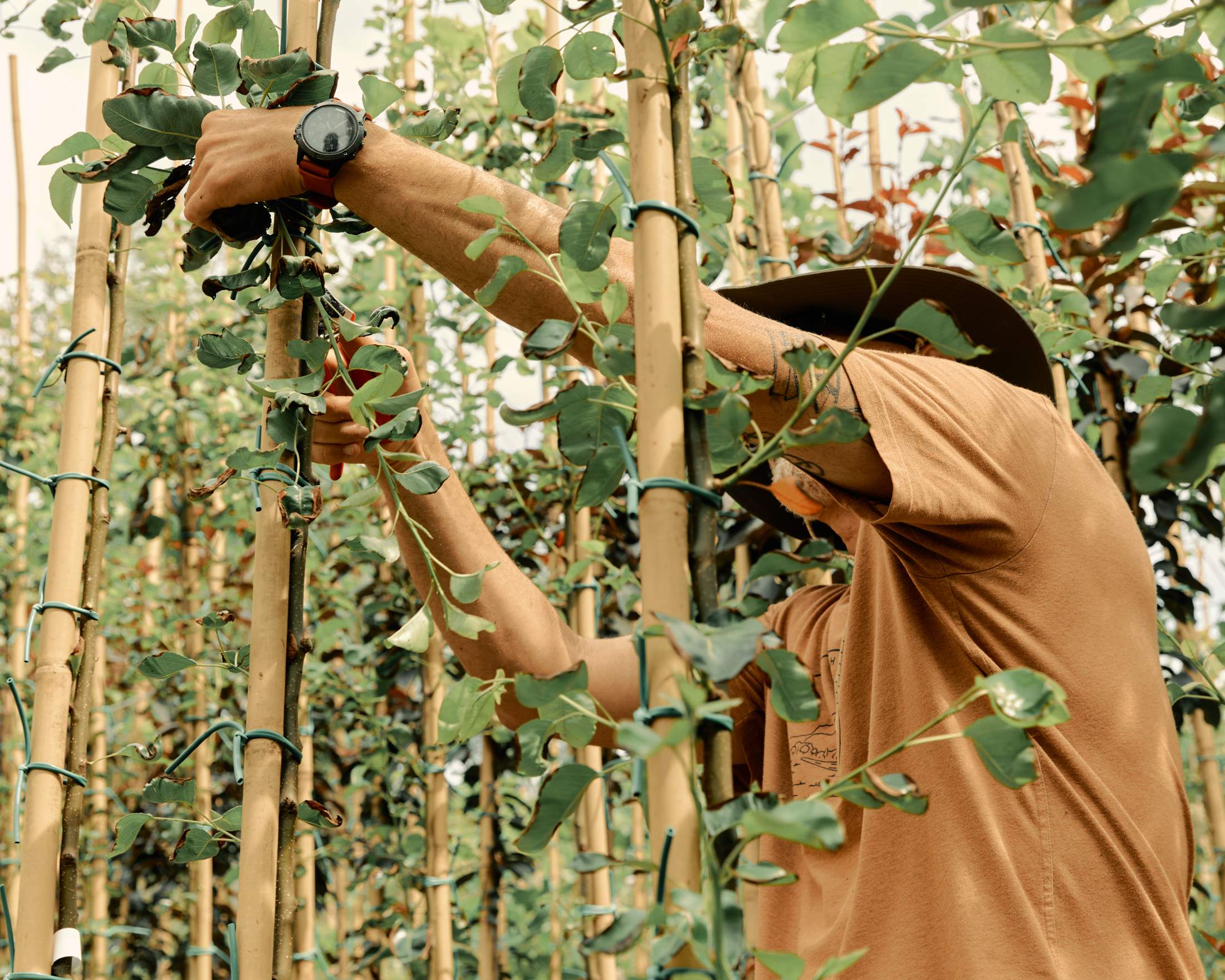
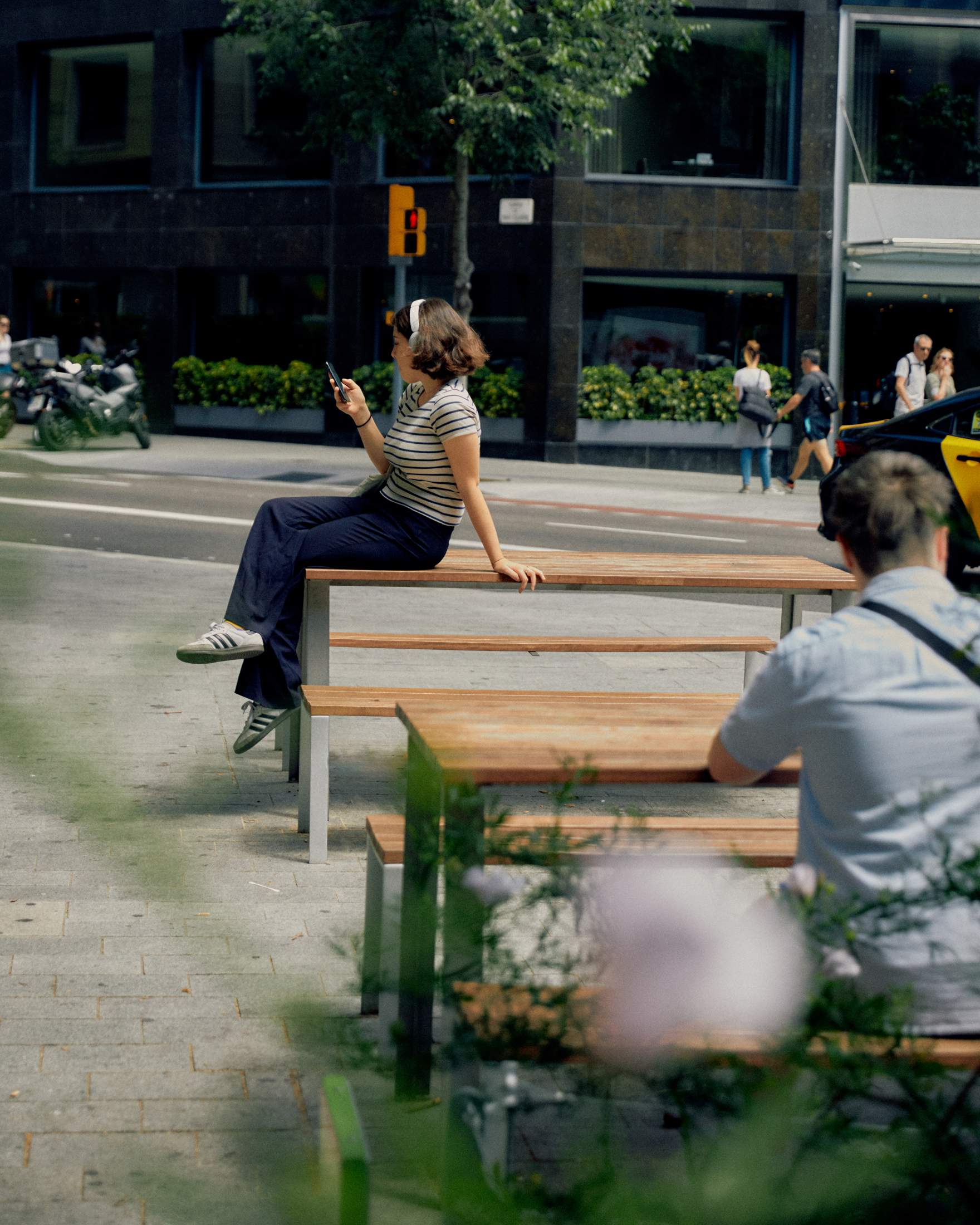
Serra is the editor and vice-president at Urbidermis, which began as Santa & Cole’s urban division during the 1992 Olympic preparations but now operates as a separate entity. “There are various lamps, benches and rubbish bins, including the Atlántida drinking fountain, that were created specifically in anticipation of the Games and remain in our collection to this day,” he says. Today both companies are housed in the same HQ at Parc de Belloch – a former boarding school built in the mid-century, Catalan rationalist style and surrounded by some 200 hectares of dense, rolling parkland.
Though the brand was established for the Olympics, the company’s products are still deeply woven into Barcelona’s urban fabric, from the water fountains in Joan Brossa Park and bike racks on Plaça Catalunya to the benches and lighting that line newly pedestrianised swathes of the Eixample district.
Urbidermis’s reach also extends beyond Spain – its benches can be found overlooking the harbour in Hamburg, facing the Thames in central London and offering staggering views of the Manhattan skyline from Brooklyn’s Pier 26. “Today we actually sell more products in the US than the rest of the world,” says Serra. “We started selling our designs there in 2006, when we partnered with a company called Landscape Forms. It didn’t make sense to send tonnes of wood and iron to the US, so we licensed our designs to the company so that they could be manufactured there. Today you can find our products everywhere.”
Urbidermis remained part of Santa & Cole until 2018, when it was decided that, to reach its full potential, the street elements division should become a company in its own right. “Urbidermis is focused on the four verticals required to deliver the physical public realm,” says Jordi Muñoz Costin, consulting and innovation director at Urbidermis. “That’s lighting; urban furniture such as tables, planters and benches; microarchitecture, including shade structures; and plants like trees and shrubs.” Delivering these four pillars means that the brand is equipped to provide the physical components a city needs to furnish any public space. It’s something that Urbidermis has been building since separating from Santa & Cole.
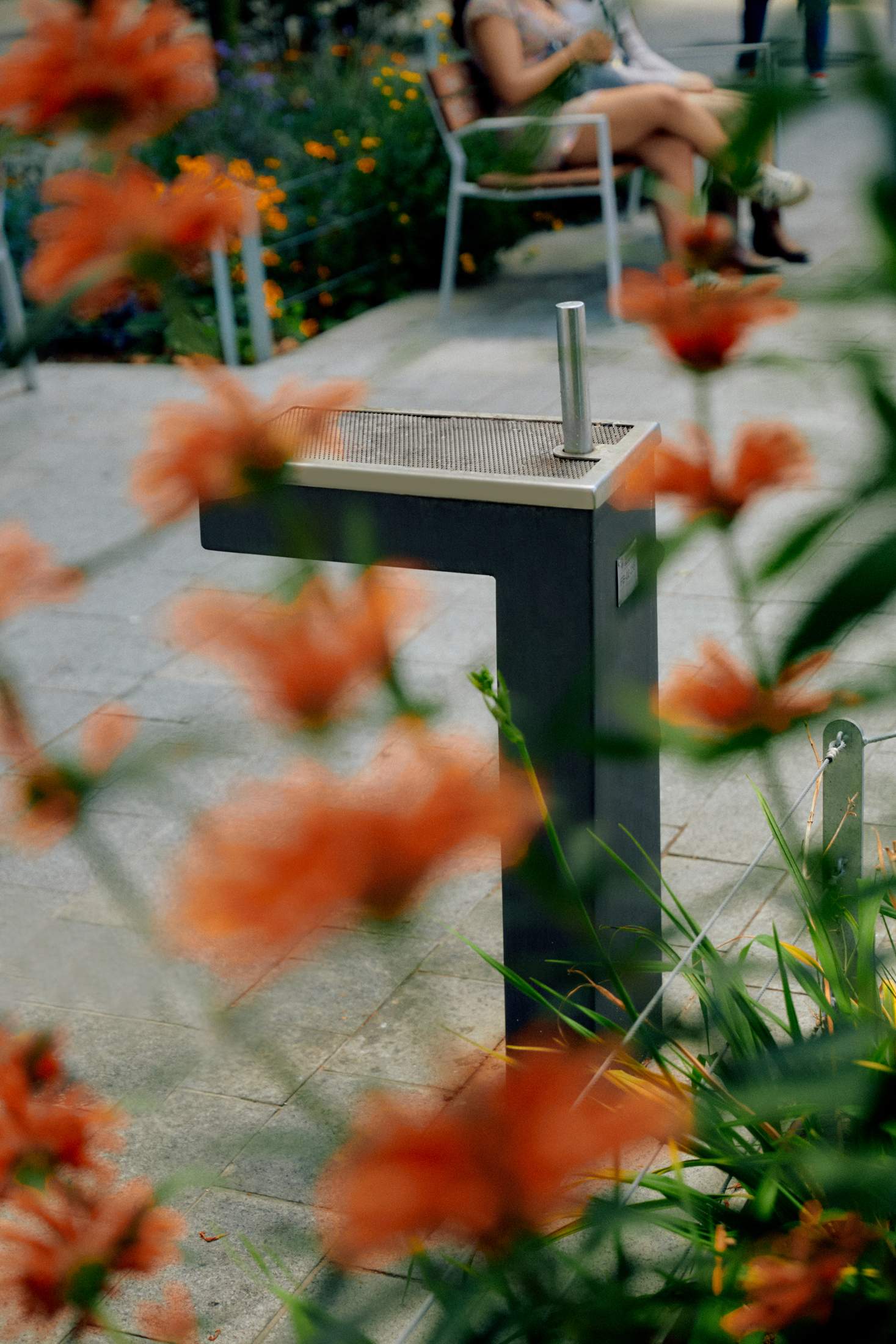
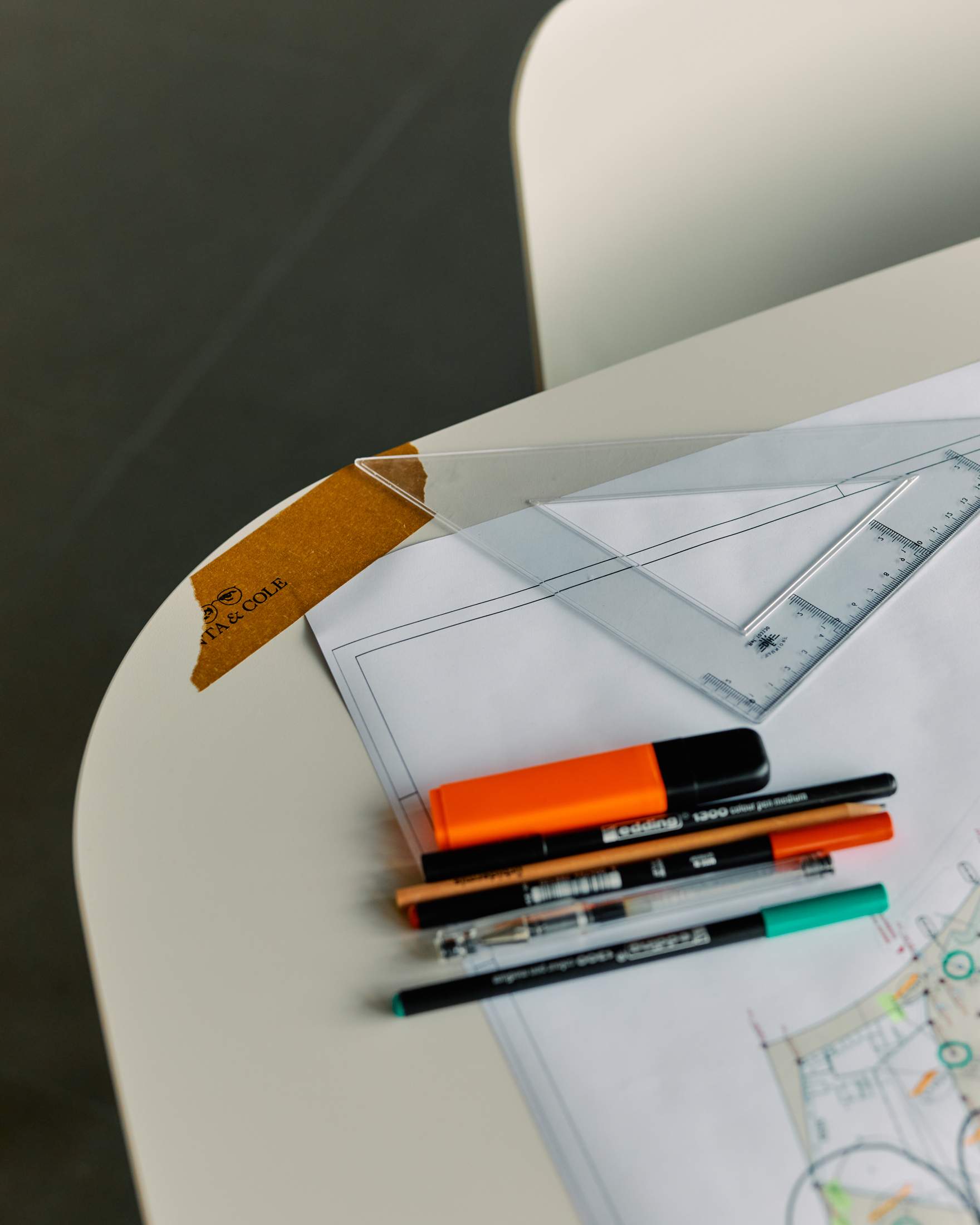

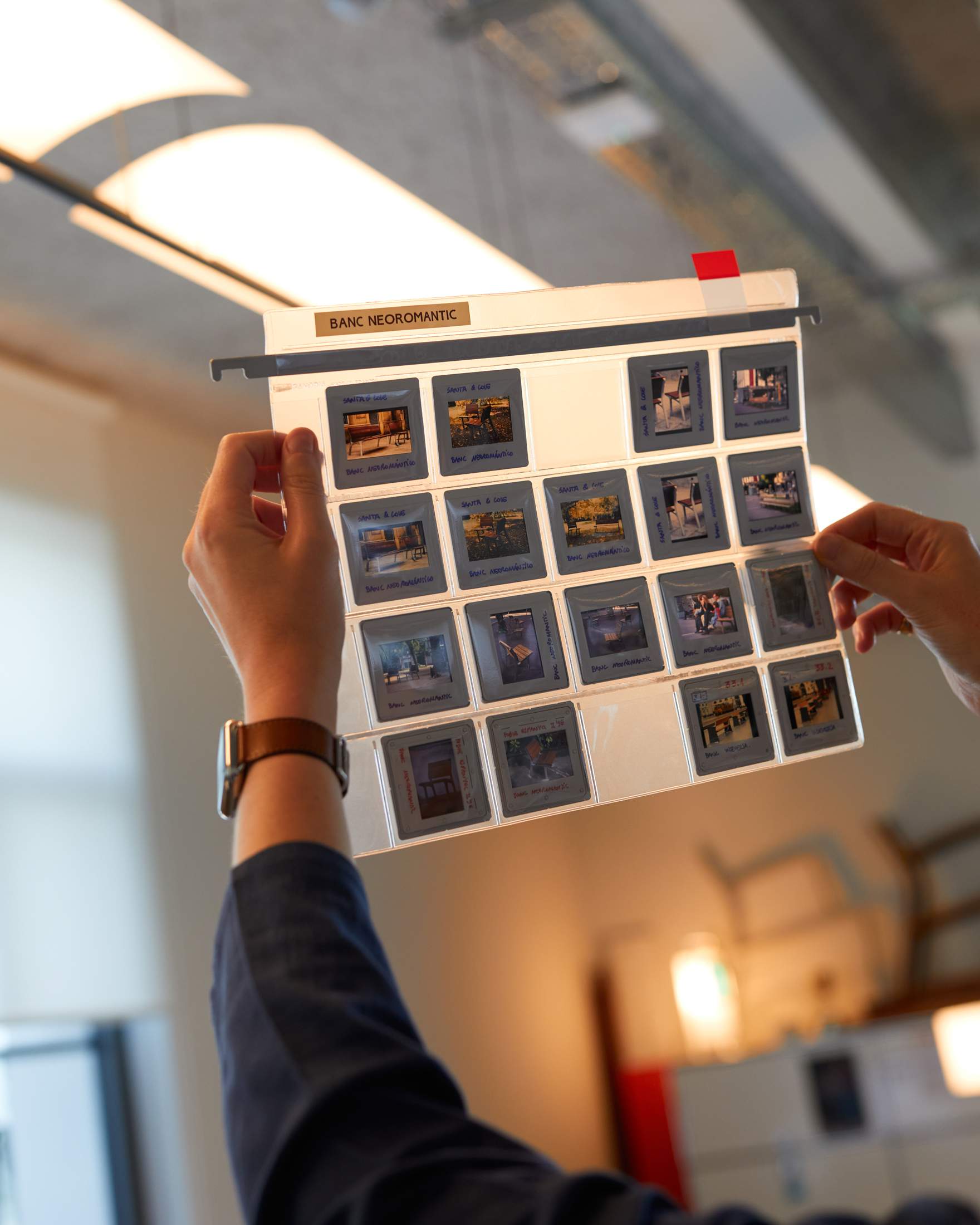
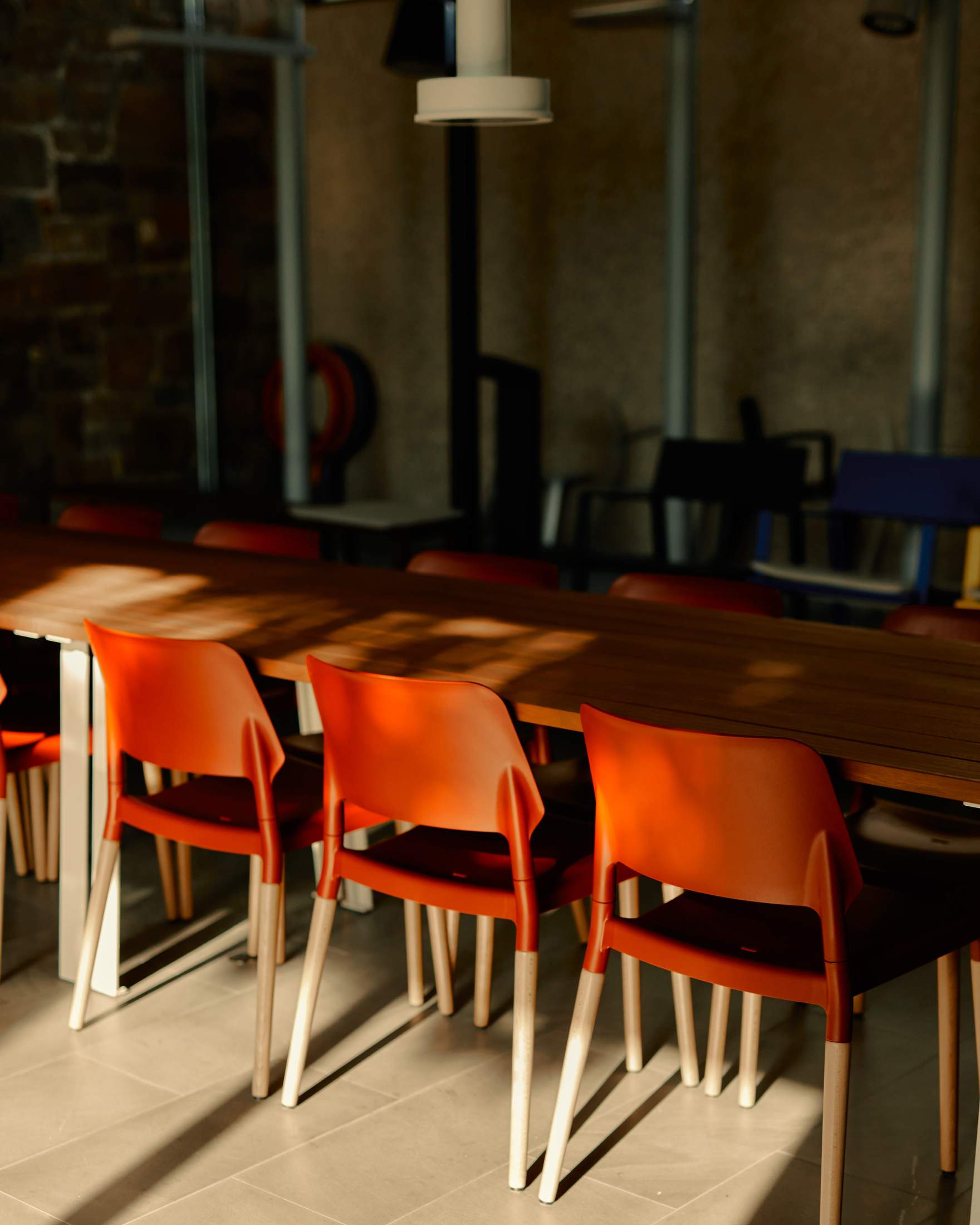
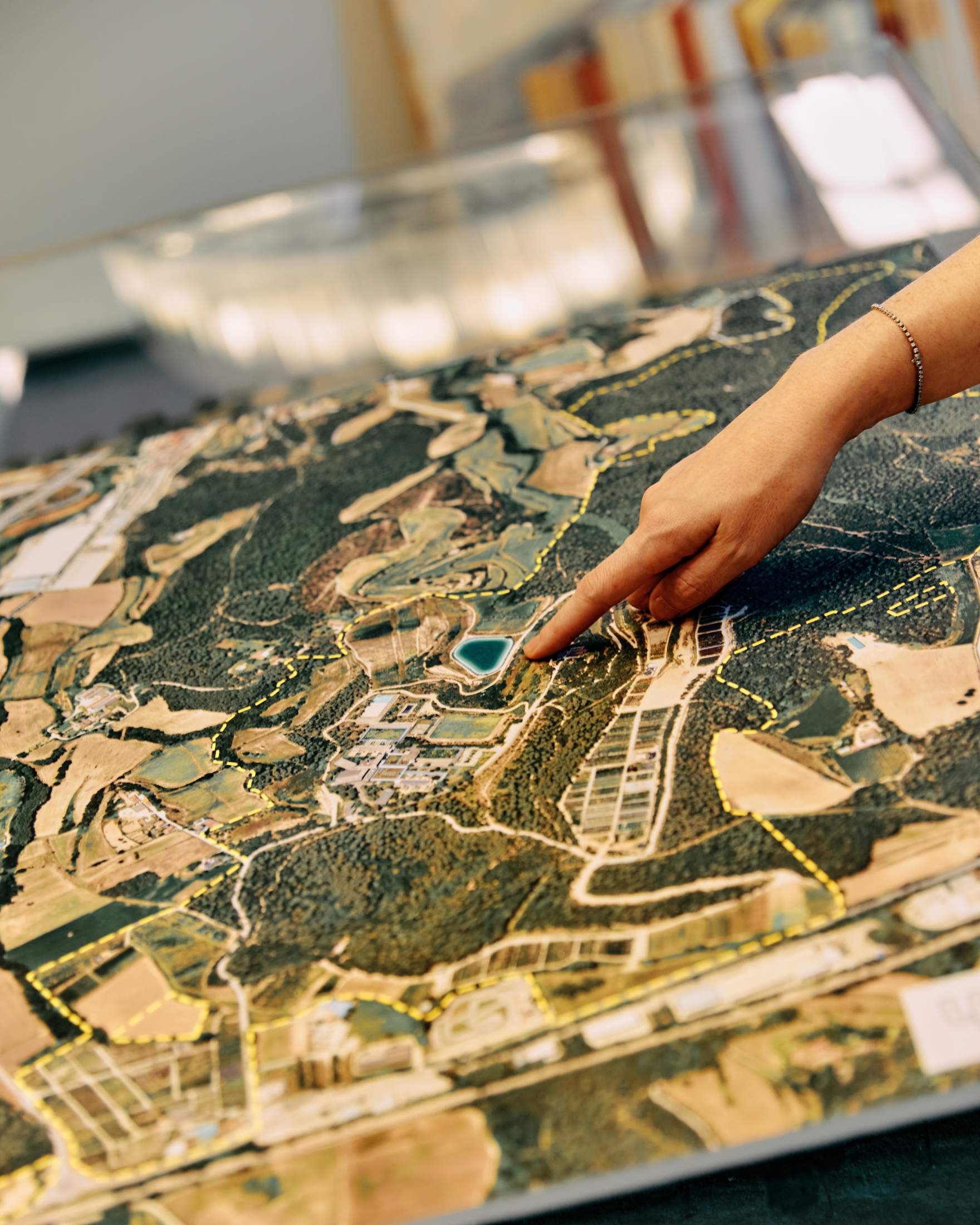

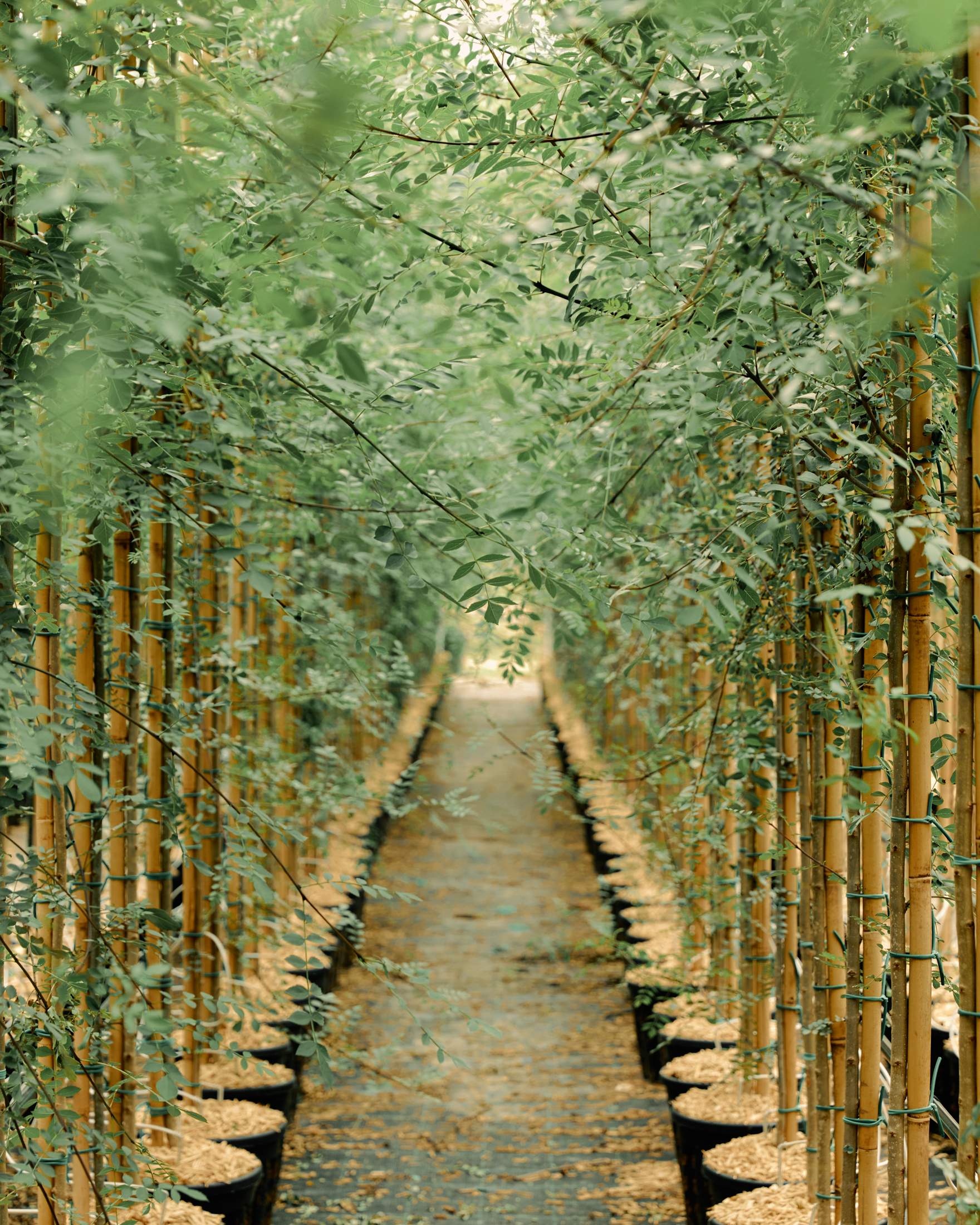
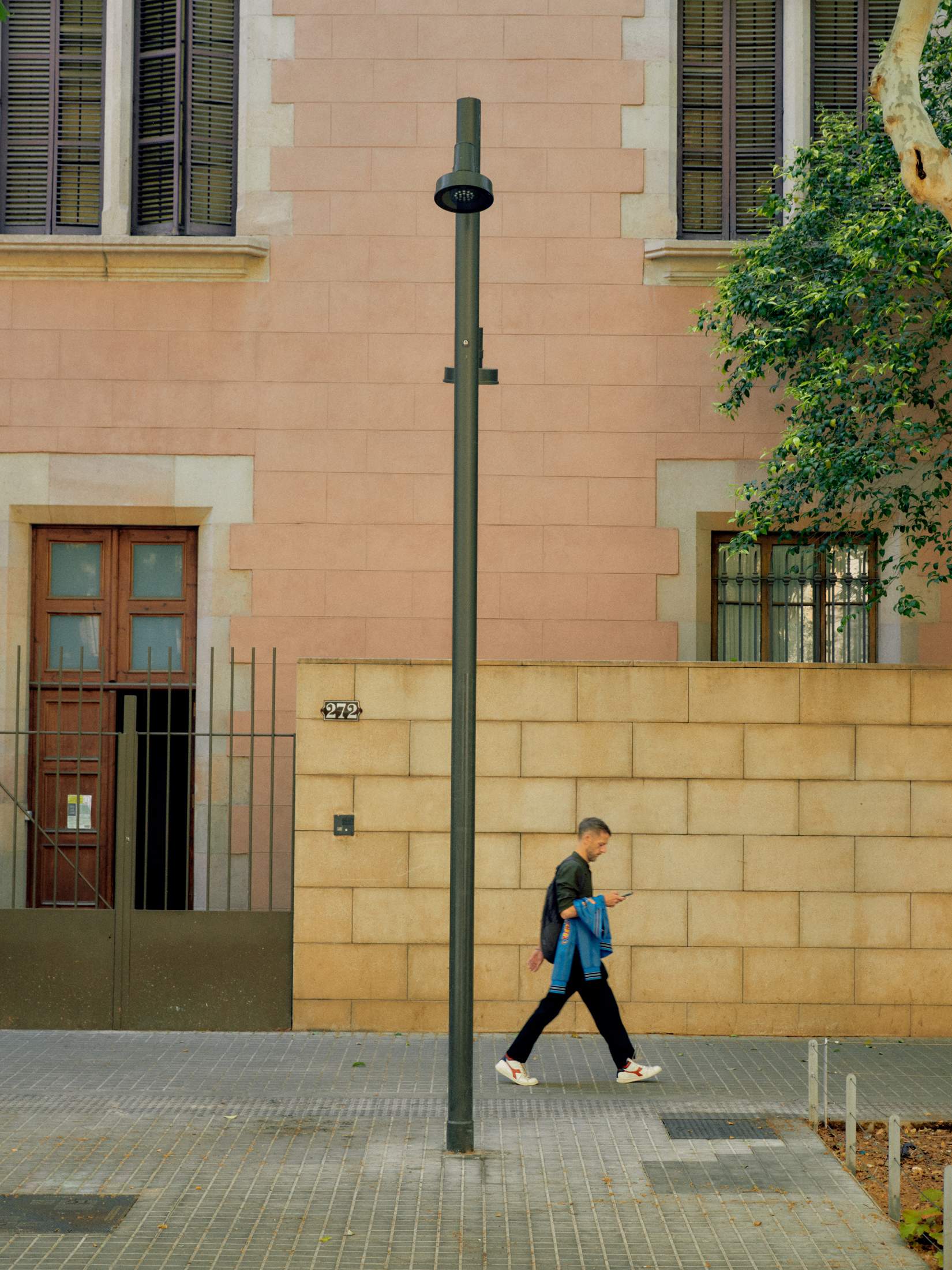
Arne urban floodlights on the streets of Barcelona
However, the link with its parent company means that the first three pillars – lighting, furniture and microarchitecture – were the natural starting point for Urbidermis’s evolution into a full-scale urban furnishing firm. There’s also still some crossover in the designers working for the two companies, the most notable being Miquel Milá.
The Catalan nonagenarian is the creator of both Santa & Cole’s opal-shaped Cesta lamp and Urbidermis’s best-selling NeoRomantico seating from the 1990s; defined by its gently curving legs and seat, it’s a reinterpretation of Barcelona’s 19th-century “romántico” benches. The refined form was inspired by Milá’s experience of watching an elderly man struggle to get up from one of the benches, leading him to create a new wood and aluminium design that was higher from the ground and more upright than its predecessor.
Since its inception, Urbidermis has placed great emphasis on regional manufacturing. Today, 89 per cent of designs are produced in factories less than 200km from its offices. “We’re continually striving to be as transparent as possible when it comes to sustainability,” says Serra. “About 85 per cent of the aluminium we use is recycled and 100 per cent of it is recyclable. Our products were the first to receive cradle-to-cradle certification in Spain, which means that they must be able to be fully recycled at the end of their lifespan to create the same product again.”
When it comes to expanding the range, Serra is keen to adapt existing designs rather than arbitrarily adding new ones. “Urbidermis is focused on helping cities become better connected and more functional,” he says. A big part of this involves working with specialist engineers to create “smart” products. The company has introduced digital elements to its products that can be remotely controlled through its bespoke Urbidata platform, including planters that monitor the status of plants and dispense water from a built-in tank. These innovations not only save water but make for more efficient maintenance and healthier plants. “We’re developing products that can be used to help better manage a city,” says Serra.
It’s a sentiment that Muñoz Costin, on Urbidermis’s innovation side, agrees with and says builds on the company’s first three pillars. “We recognised that the city is at the intersection of technology and nature,” he says. Santa & Cole realised that it couldn’t only embed its lighting, benches and shade structure with smart technology, but it had to go low-tech too – and find a way to deliver on the promise of nature.
“In 2004 we launched our own forestry division,” says Serra. “Trees are such an important factor in urban design; our range wouldn’t be complete without them.” Today, Urbidermis has a 30 hectare tree nursery adjoining its offices in the Catalan countryside. The trees and shrubs grown here are cultivated in a low-impact manner – sheep are brought in on a regular basis to chew up weeds and no pesticides are applied – before being sent to city streets across Spain and southern France. The company also offers a consultancy service to assist planners in picking the right tree for a particular urban landscape. “If you take an oak tree from the Collserola park that surrounds Barcelona and move it just one kilometre into the city, it will die,” says Serra. “The soil is different. Pollution is different. The temperature is different.”
For years the company has been working with specialists to study the vegetation that works best under different kinds of urban conditions. Today the nursery grows everything from Japanese pagoda trees (a leafy variety capable of withstanding high levels of heat and dryness) to lofty London planes – a deciduous tree that has already been shading city streets across Barcelona for more than a century.
“We’ve compiled all our know-how to recommend specific trees to certain cities,” says Serra. “We believe in spreading knowledge. Good practices should be shared.” It’s an appropriate Olympic-year outlook for a brand that was founded in anticipation of a Games in its hometown – an event that’s all about sharing one’s talents with the world. —


